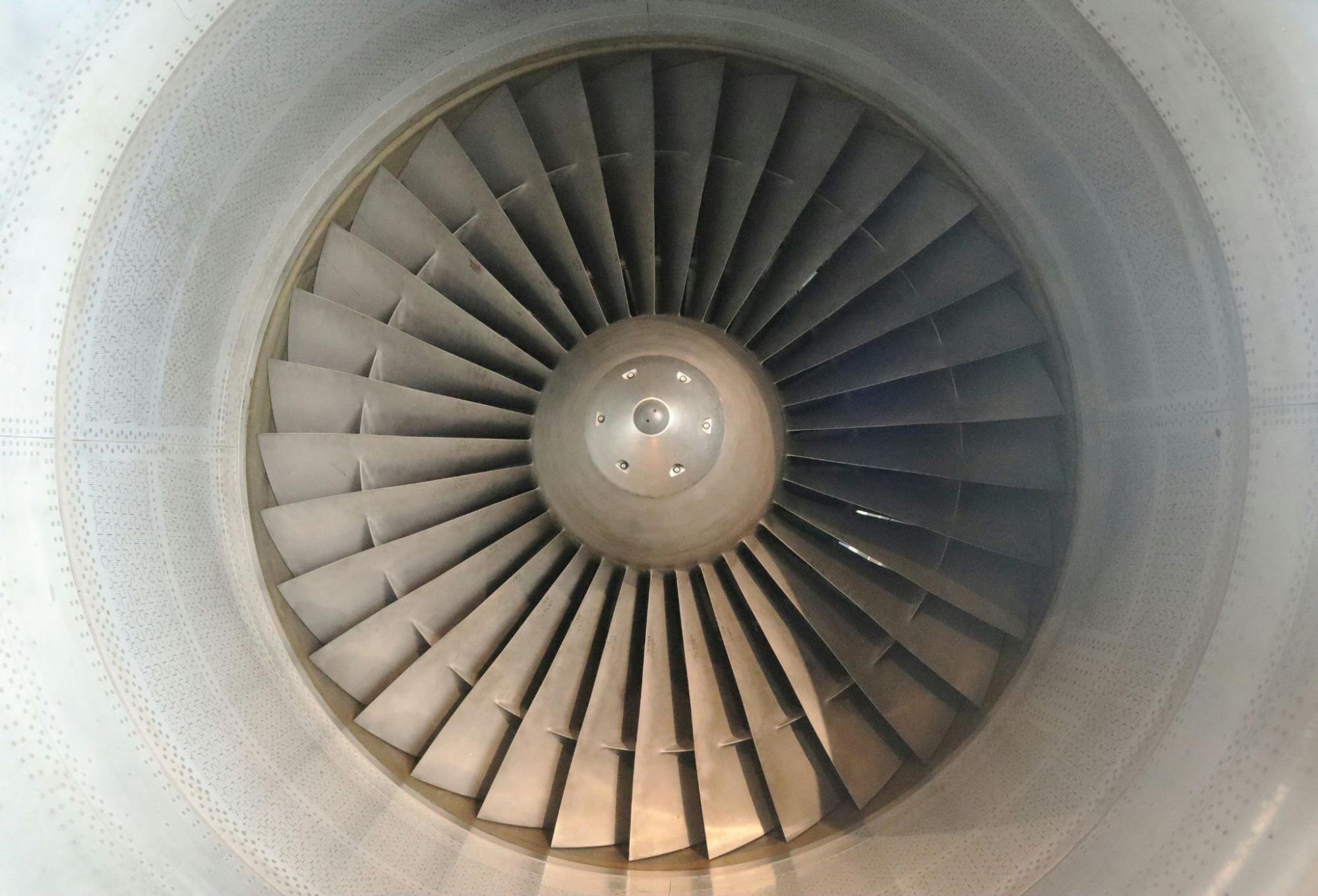WiGL

WiGL, an innovative U.S. startup, was recently highlighted by a prestigious innovation program, and has earned the trust of the U.S. Department of Defense as its main customer. The Department of Defense constantly seeks to promote futuristic technologies, choosing to collaborate with companies that show great potential to become strategic allies. In this scenario, WiGL has made significant progress in the development of a long-range wireless charging technology, which, despite being in the early stages, shows enormous long-term potential. This innovative technology not only has the capacity to charge drones, but also portable military life support units, representing a considerable challenge in precisely locating wireless power emitters to ensure optimal coverage.
To address this challenge, we at WhiteBox have designed an innovative simulation framework based on mathematical optimization. This system allows the optimal location of emitters, given a configuration of receivers and a specific environment, to ensure effective coverage at every point of the three-dimensional geometry involved. The algorithm considers critical variables such as the physical obstacles present, the properties of the materials in the environment, and the specifications of the power emitters, while respecting the restrictions on their placement. We have developed this framework using Python and the NumPy library, optimizing and vectorizing intensive calculation operations
The simulation framework created by WhiteBox has proven to be a critical component for WiGL's success, especially during tests and demonstrations in military installations. This tool has allowed them to perform detailed software simulations, accurately anticipating the needs of the Department of Defense. In addition, this framework will become the heart of the WiGL mobile application, playing a crucial role in the design and deployment of infrastructures that require wireless power transmission.

RailVision AI

Predictive Maintenance in Gas Turbines
